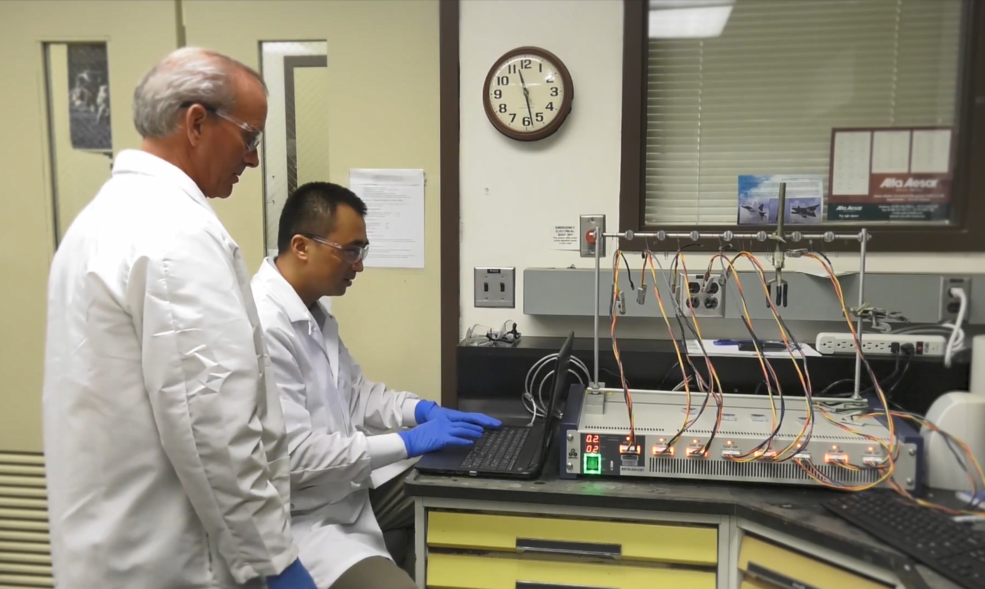NASA has achieved a significant breakthrough in battery technology, aiming to make electric planes a more viable and sustainable option. Researchers at NASA’s Solid-state Architecture Batteries for Enhanced Rechargeability and Safety (SABERS) have successfully developed a high-performing battery that holds sufficient electricity and discharges it efficiently to power electric aircraft. In this article, we will explore the battle between different battery technologies, the advantages of solid-state batteries, and their potential impact on sustainable aviation. Additionally, we will address frequently asked research questions related to this subject. Let’s dive in.
Solid-State Batteries: Powering the Future of Electric Planes Battery performance has long posed a challenge to the development of more sustainable electric airplanes. While lithium-ion batteries currently dominate the market, NASA has made significant strides with solid-state batteries, a lighter alternative that can store more power.
Addressing the Discharge Rate Challenge One key advantage lithium-ion batteries have over solid-state batteries is their faster discharge rate. However, the SABERS team has introduced an innovative solution to this issue. They have developed a technology that increases the discharge rate of solid-state batteries by a factor of 10, and then by another factor of five. This breakthrough brings solid-state batteries closer to the performance capabilities of lithium-ion batteries.

Advantages of Solid-State Batteries for Electric Aircraft Solid-state batteries offer several advantages over their lithium-ion counterparts, making them a promising option for electric planes:
- Enhanced Safety: Lithium-ion batteries contain flammable liquid that can pose safety risks, while solid-state batteries are safer, even when damaged.
- Weight and Space Efficiency: Solid-state batteries eliminate the need for individual steel cases and can be stacked vertically, maximizing space utilization and reducing weight.
- Temperature Resilience: Electric planes operate in varying temperatures and pressures. Solid-state batteries have been found to operate in temperatures twice as hot as lithium-ion batteries, requiring less cooling technology.
- Damage Tolerance: Unlike lithium-ion batteries, solid-state batteries can still function even when damaged, ensuring greater reliability and durability.
Solid-State Batteries and Sustainable Aviation The U.S. government and the aviation industry recognize the potential of solid-state batteries to reduce air pollution resulting from air travel. While commercial viability is yet to be achieved, NASA researchers are collaborating with academic institutions to further develop this battery technology. The aim is to revolutionize aviation by making electric planes a viable and environmentally friendly mode of transportation.
What are solid-state batteries, and how do they differ from lithium-ion batteries? A: Solid-state batteries are a type of battery technology that offers advantages such as enhanced safety, weight efficiency, and resilience in varying temperatures. Unlike lithium-ion batteries, they do not contain flammable liquid, can operate in higher temperatures, and can still function when damaged.
How can solid-state batteries contribute to sustainable aviation? A: Solid-state batteries have the potential to revolutionize aviation by making electric planes safer, more efficient, and environmentally friendly. They offer improved safety, weight and space efficiency, temperature resilience, and damage tolerance compared to lithium-ion batteries.











